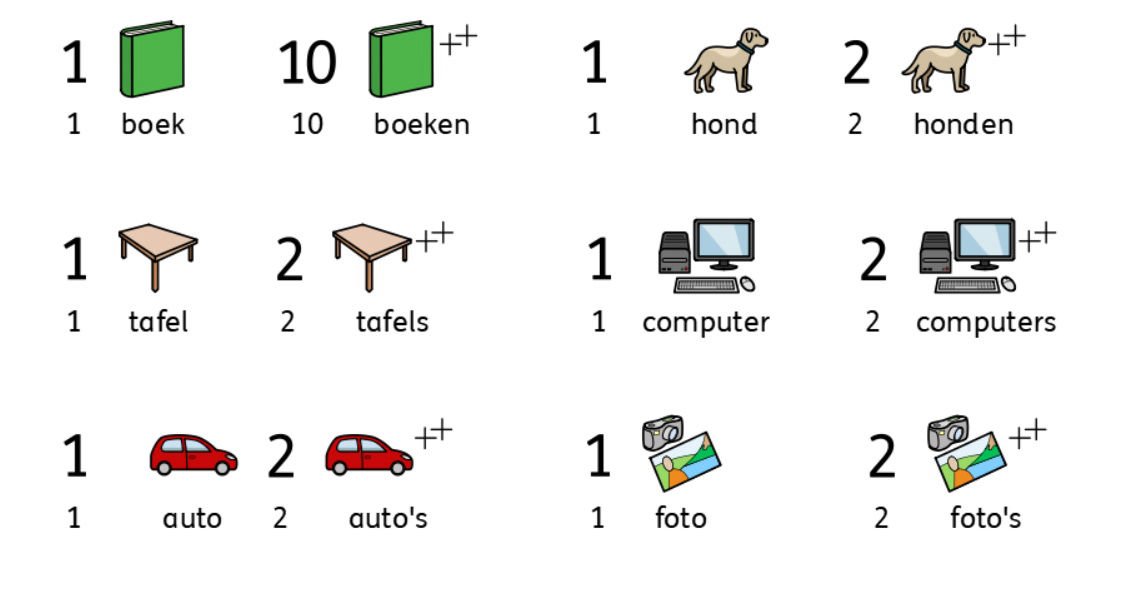More information
In Dutch, plurals are typically formed by adding either "-en", "-s", or "-eren" to the singular noun. The rule for which ending to use depends on the phonetics and structure of the singular noun. Here's a general guide:
-en: This is the most common plural ending in Dutch. It is used for many words, especially those ending in a consonant in their singular form.
For example: "boek" (book) becomes "boeken" (books), "tafel" (table) becomes "tafels" (tables).
-s: This ending is often used for nouns ending in a vowel, an unstressed "-el", "-em", "-en", "-er", or "-e". Sometimes, an apostrophe is added before the "s" if the word ends in a vowel to prevent changing the pronunciation.
For example: "auto" (car) becomes "auto's" (cars), "fiets" (bicycle) becomes "fietsen" (bicycles).
-eren: This is a less common plural form and is typically used with words of foreign origin or certain animals.
For example: "kinderen" (children) from "kind" (child), "lammeren" (lambs) from "lam" (lamb).
It's important to note that there are exceptions to these rules, and some nouns undergo a vowel change in the plural or don't follow the general patterns. Additionally, the choice between "-en" and "-s" can sometimes depend on regional variations or the specific word itself.
